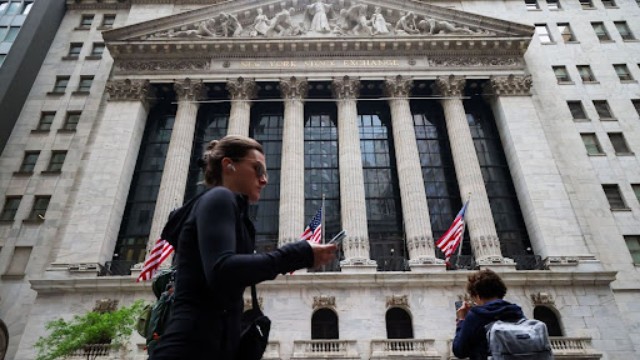
A decrease in gasoline prices played a major role in slowing down inflation. Photo credit: AZIN GHAFFARI/Postmedia
Canada's inflation rate slowed to 2% in August, hitting the Bank of Canada’s target and increasing the likelihood of a more substantial interest rate cut in the coming months. This marks the slowest rise in the consumer price index (CPI) since February 2021. Economists now believe that the central bank might consider a 50-basis-point reduction at its next meeting in October, given the current economic conditions.
James Orlando, a senior economist at TD Bank, highlighted that the Bank of Canada’s current policy rate is still around 200 basis points higher than where it should be, given the economic climate. He emphasized the need for further rate cuts to align with inflation trends. Economist David Rosenberg from Rosenberg Research echoed this sentiment, noting that much will depend on the U.S. Federal Reserve’s decisions and upcoming economic data. Rosenberg further stated that with minimal inflation concerns and a labour market facing challenges, the case for a more aggressive rate cut is growing stronger.
A significant factor in the slowdown of inflation was the sharp decline in gasoline prices, which dropped 5.1% year-over-year, following a 1.9% rise in the previous month. Statistics Canada attributed this decrease to base effects and lower oil prices. However, the cost of shelter, particularly mortgage interest costs, remains a major contributor to inflation. In August, mortgage interest rates rose by 18.8%, down from a 30.9% increase the previous year. If mortgage costs were excluded from the CPI, the inflation rate would have been just 1.2%.
Core inflation measures, which the Bank of Canada closely monitors, continued to ease in August. CPI-common, a key metric, dropped to 2%, while CPI-median and CPI-trim stood at 2.3% and 2.4%, respectively. All these measures are within the central bank's target range, suggesting that inflation is gradually stabilizing.
Stephen Brown, deputy chief North American economist at Capital Economics, believes the slowdown in inflation was primarily driven by base effects and anticipates inflation could rise again to 2.5% in the final quarter of the year. However, he also noted that the details from August’s data point to significant progress in taming inflation, fuelling speculation about a larger 50-basis-point rate cut by the Bank of Canada.
Bank of Canada Governor Tiff Macklem has also left the door open for more substantial rate cuts, indicating in a recent interview with the Financial Times that the central bank is prepared to take stronger action if economic growth doesn’t meet expectations.
Overall, the latest inflation data strengthens the case for a more aggressive monetary policy response from the Bank of Canada, as economists and market watchers continue to monitor key factors like gasoline prices, shelter costs, and upcoming data from both Canada and the U.S.















